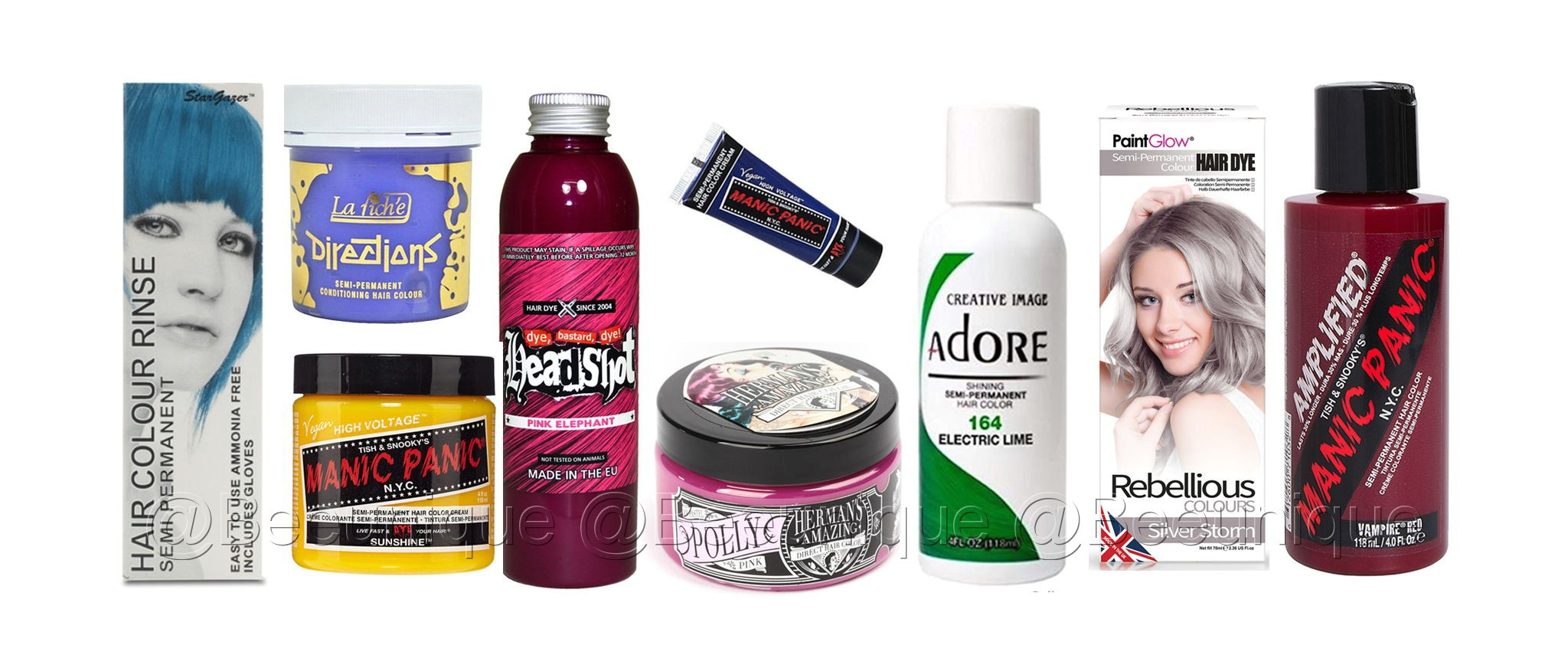20 Aug - Beeunique Is Offline for a few days
Two close family deaths (1 natural, 1 suicide) and my subsequent grief meant I was unable to do any work on Beeunique.
A website plugin issue means I have received no emails or notifications of what was ordered so I am in the process of refunding ALL customers who have placed an order during this time.
Once things are all sorted again I will put the website back online and will be posting orders daily as previously done.
Apologies again, Nickki x.
